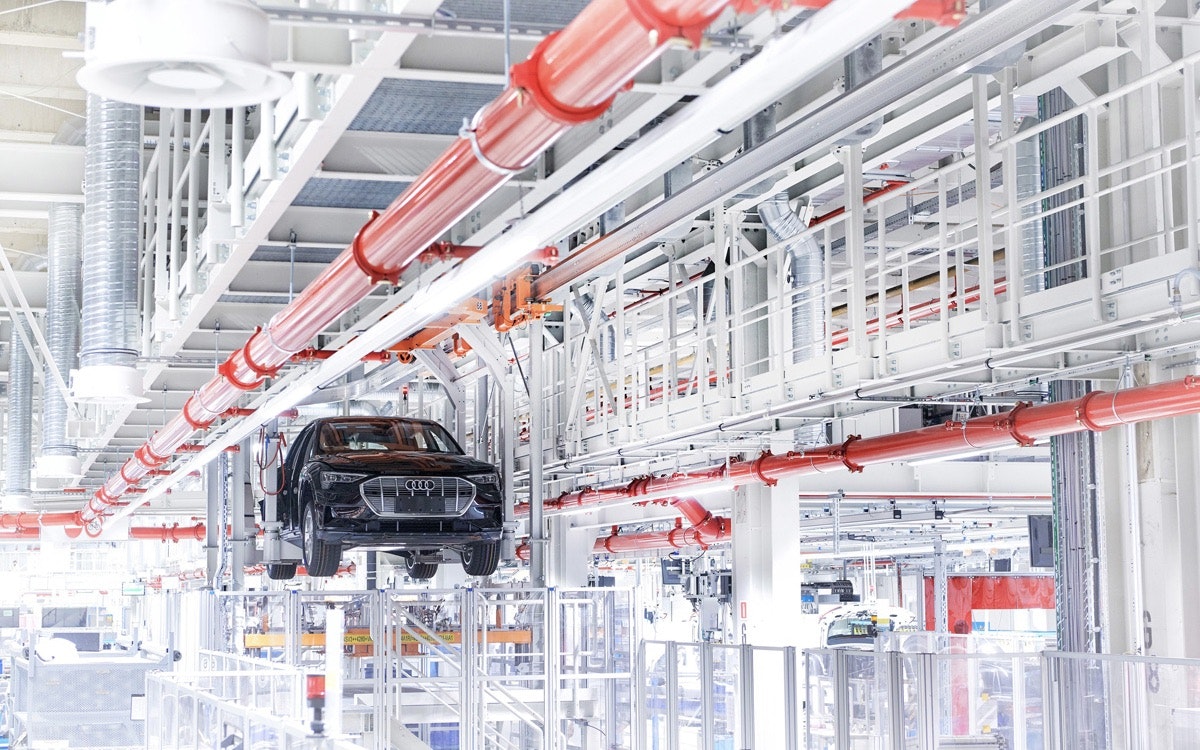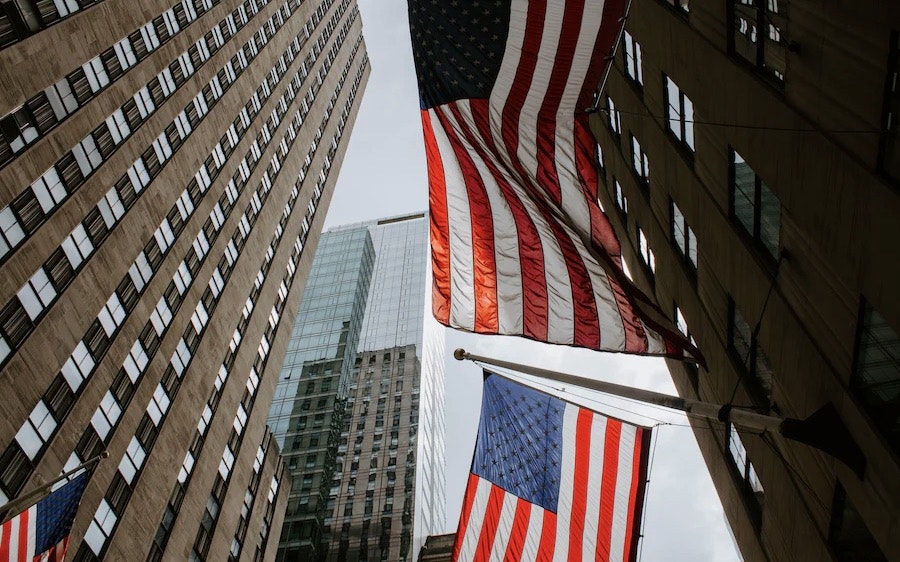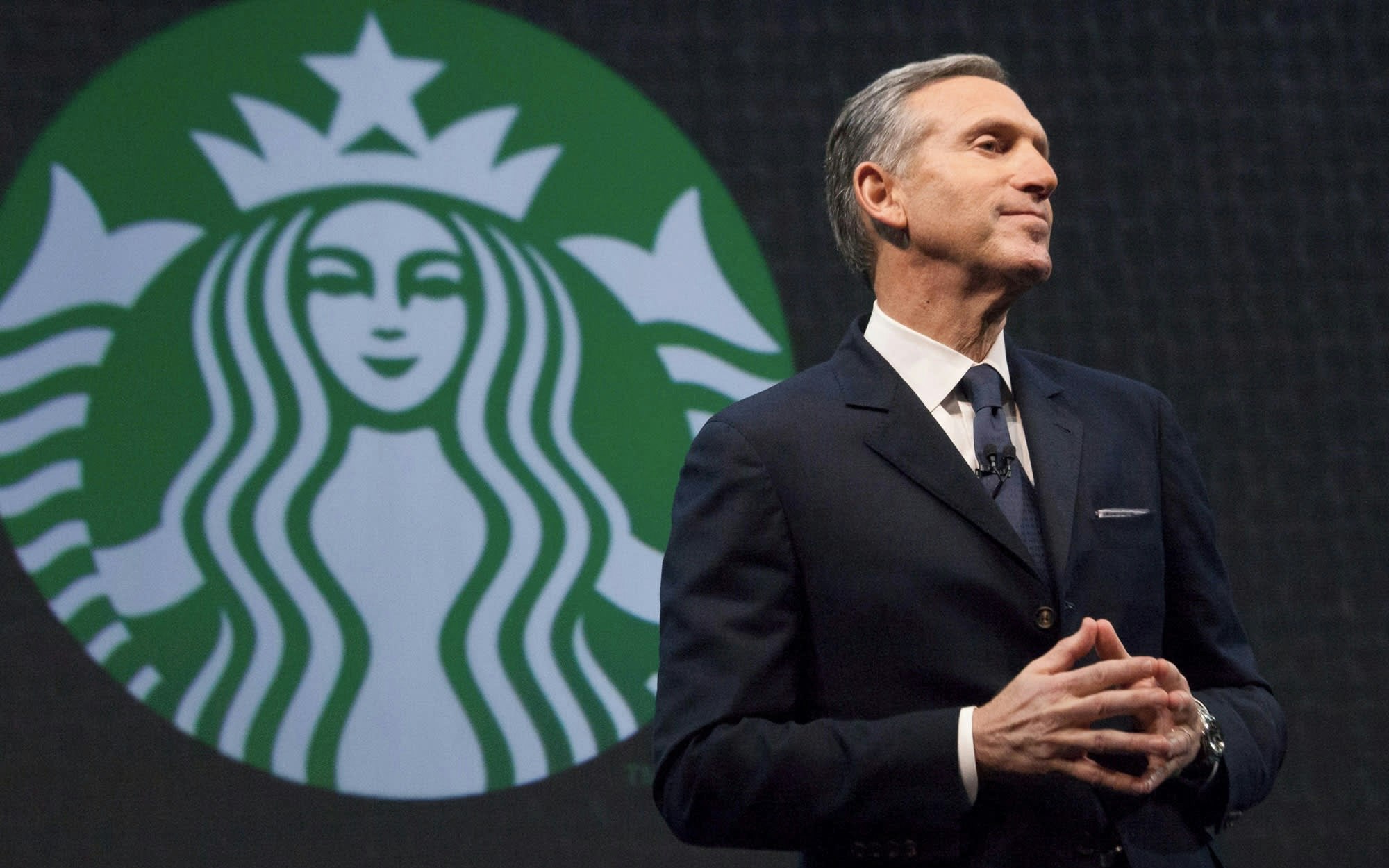Business
Tesla disappoints expectations with quarterly deliveries – stock drops significantly
Tesla remains a leader in the electric vehicle market despite missing delivery targets but must increasingly contend with competition from China and declining demand in the premium segment.

Tesla's Vehicle Deliveries in the Third Quarter Slightly Missed Market Expectations, Dampening Hopes for a Significant Recovery Amid Resurgent Demand in the Chinese Auto Market. The U.S. Electric Carmaker Delivered 462,890 Vehicles Globally, Representing a 6.4 Percent Increase Compared to the Previous Year. However, Analysts Had Expected 463,000 Units. As a Result, Tesla's Stock Fell by More than 6 Percent on Wednesday.
Despite missing its delivery targets, Tesla remains the world's leading manufacturer of electric vehicles. The Chinese rival BYD reported 443,426 electric vehicles delivered in the third quarter, an increase of 2.7 percent compared to the previous year. In the plug-in hybrid sector, however, BYD recorded a strong growth of 75.6 percent after the company introduced a new hybrid technology in May.
The growth of global electric vehicle sales has slowed, but there are positive signals, particularly in China.
Tesla has repeatedly lowered the prices of its models due to increased competition from China, where cheaper e-models and plug-in hybrids dominate the market. This also includes a reduction in leasing prices. At the same time, premium manufacturers like Mercedes-Benz and Porsche have recently warned of lower profits, as sales of luxury cars in China are declining due to weak consumer spending.
Dan Levy, an analyst at Barclays, primarily attributes Tesla's missed delivery target to weaker demand for the high-priced models S and X. The new Cybertruck, an off-road vehicle introduced at the end of last year that has since struggled with production issues and faulty recalls, also contributed to the weaker numbers.
Tesla's Announcement of "Robotaxis" Increases Hopes for Higher Deliveries
However, concerns remain regarding the economic implementation of robotaxis. Uncertainties about the technology, insurance costs, vehicle prices, and the regulatory environment pose major challenges. Tom Narayan, an analyst at RBC Capital Markets, finds the potential of Tesla's robotaxis exciting but emphasizes that their widespread adoption "could still take several years, if not decades.
The potential to drastically increase the size of the automotive industry through the introduction of robotaxis makes the prospect attractive for investors," added Narayan.




